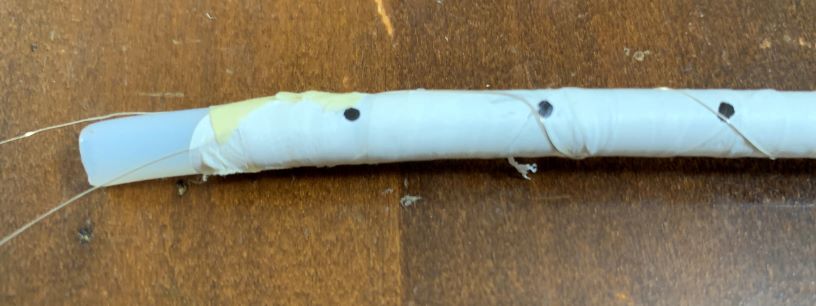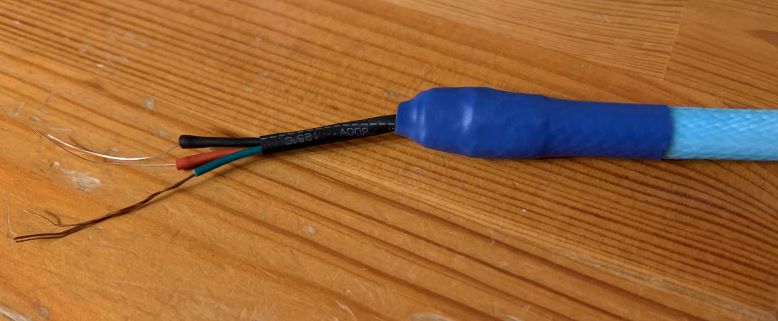@reimarc
Thank you for the inspiration.
but I would never spend more than a couple of $100 on them.
Wait till you hear better sounding interconnects. You might then gladly part with money to own that sound. ☺
If you ever decide to purchase expensive cables, buy second hand. I got my AQ Fire RCA cables for 1/4 of the original price.
I found this tutorial for a DIY interconnects using silver wires with interesting aircoil design geometry aimd to achieve low L and C.
TNT Aircoil MKII Interconnects
Product: TNT AirCoil mkII, no-compromise DIY interconnect cable
Manufacturer: not for sale, TNT-Audio DIY design
Manufacturing cost: between 100 and 250€
Reviewer: Piero Canova - TNT Italy
Reviewed: December, 2021
Tutorial for the building of TNT Aircoil MKII Interconnects


How do they sound?
We have tested these cables in several systems and configurations. Tubes, solid state, single ended, balanced, lengths ranging from 70 cm to 2 meters: there was never any issue of compatibility. I cannot honestly say they were clearly better than every other cable they were compared with, but for sure, they weren’t inferior to the other cables and, in many cases, we are talking about cables that are very, very expensive and exclusive. Several times the owners of the systems asked me to make, for them, some cables to replace those they had. Overall they are excellent, but in my view, they excel in four aspects: bass frequencies, soundstage, time coherence and speed. In bass frequencies the increase of clarity is evident; thin solid cores remove the bloat generated by thick fat cables, clearly improving the quality of sound. Thin wires minimize time smear allowing a much better coherence across the entire frequency spectrum. Low capacity design and no screening means a cable that is super fast in responding to transients. Honestly, I don’t have a good explanation for the soundstage, but width and depth of the virtual stage are substantially increased where the system allows for it.



